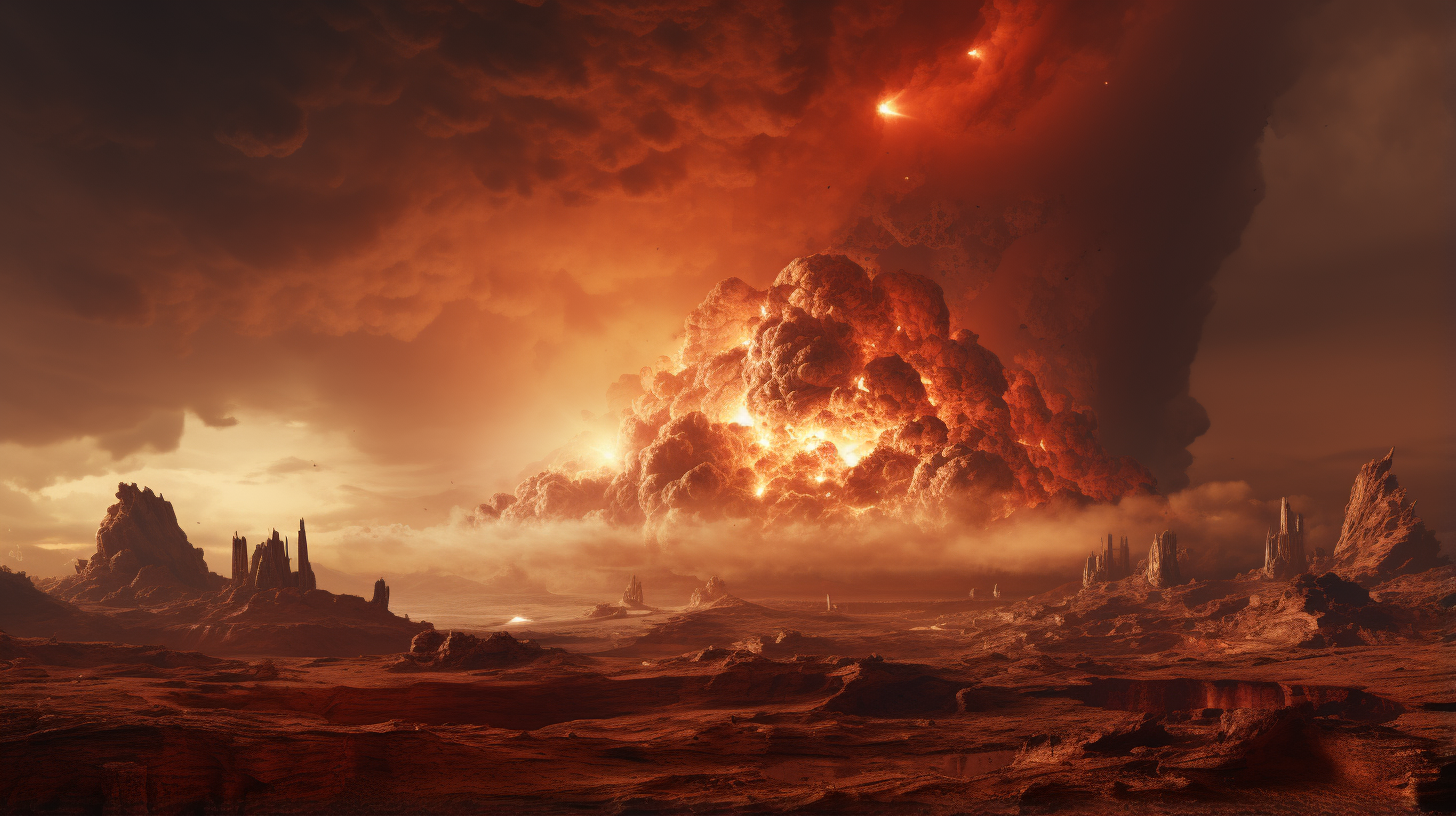Within the vast cosmos, one celestial body has forever intrigued humanity in a unique way. A fiery red orb, hanging in the night sky, has beckoned us for centuries. Let’s embark on a quest to unravel the mesmerizing narrative and mysterious charm of Mars.
The monumental spectacle unfolded on a fateful day, August 20th, 1975, at Cape Canaveral, Florida. The United States launched a Titan rocket bearing the Viking spacecraft on an extraordinary mission.
Viking’s destination was none other than our neighboring planet, Mars, a staggering 420 million miles away. What drove this mission? To land on Mars and seek signs of life. But what motivated NASA to invest billions in exploring a planet often deemed uninhabitable?
Throughout human history, Mars, with its unique crimson hue, has held a special place. Visible to the naked eye, it has fascinated cultures across time.
The night sky, adorned with celestial marvels, often sparked contemplation about the existence of beings or gods. The idea of life on Mars dates back to ancient times when our cosmic knowledge was limited.

Among the earliest mentions of Mars as a significant celestial body come from ancient Egyptian astronomers around 1534 BC. They included Mars in the Senmut star map, an early star chart.
Centuries later, the Egyptians depicted Mars in the tomb of Seti the First, highlighting the reverence for Mars, contrasting with the fear it evoked in other ancient cultures.
For many societies, Mars symbolized death, destruction, and war due to its red hue, reminiscent of battlefield carnage. In ancient Babylon, Mars was revered as Nergal, the god of fire, death, and war.
The Greeks associated Mars with Ares, their war god, while the Romans revered Mars as their god of war. This martial symbolism resonated with their militaristic societies and historical conquests.
The allure of Mars persists as we delve into the Red Planet’s mysteries. While our understanding of Mars has evolved over time, the fascination remains strong.
Perhaps, buried deep in our collective consciousness, lies an instinctive urge to unlock Mars’ mysteries and decipher its enigmas.
In summary, Mars’ story symbolizes humanity’s enduring fascination with the cosmos. From ancient myths to modern space explorations, Mars embodies both awe and conflict. As we continue to explore this mysterious world, we may one day solve the age-old riddles that have captivated us for millennia.
